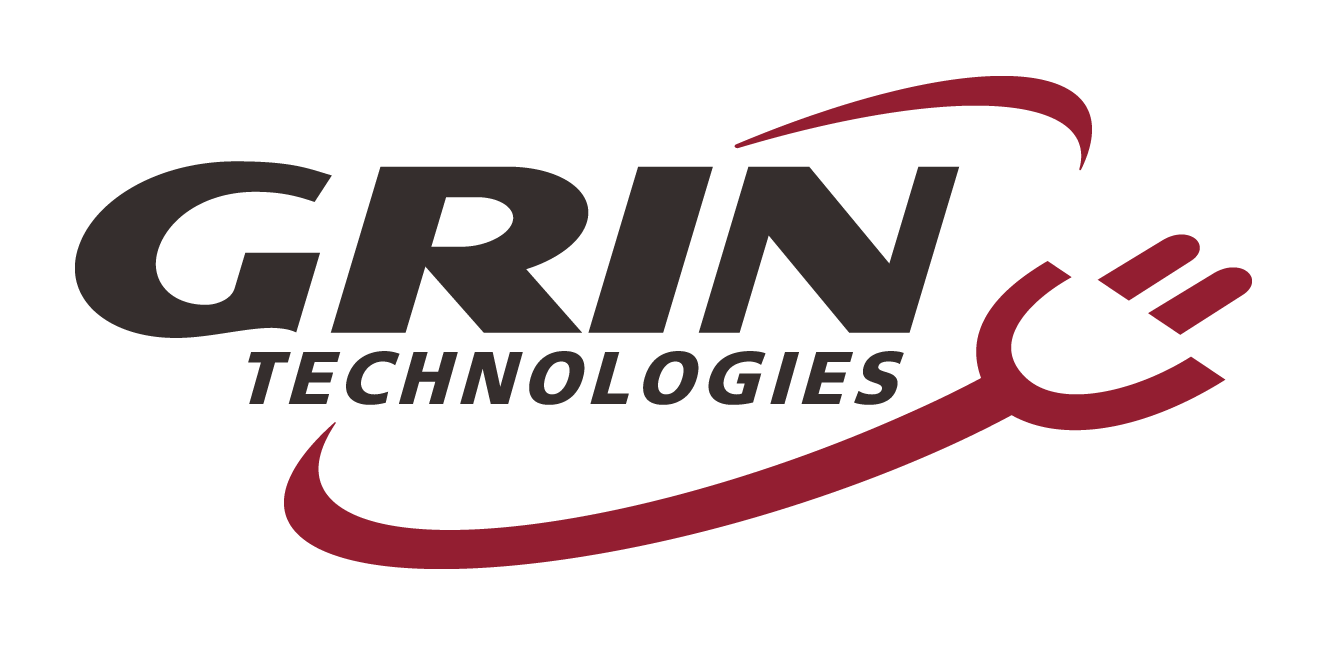Regen
All About Regen Video
Video above has most of the details. Text content that follows is currently a work in progress.
What is Regen?
Regenerative braking means using the electric motor as a brake to slow down a vehicle, and is one of the very unique features of electric propulsion. It not only provides a zero maintance and perfectly consistent braking force in all weather conditions, it also captures this braking energy and puts it back into the battery pack, rather than burning it all off as heat. This not only increases your range, it also encourages safer riding habits as you know energy isn't being wasted every time you use the brakes.
In principle regen is available on any system with a direct drive hub motor or a geared hub motor that doesn't freewheel (like the GMAC). However, it does require a motor controller that supports regen, and many budget controllers either don't or don't support it very well. That may be one of the reasons that regen isn't widely appreciated in the ebike scene and is often even dismissed outright.
For us, regen has been one of the most alluring aspects of ebikes from our earliest days building prototypes out at UBC, and understanding regen was one of our main motivations for making what later became the Cycle Analyst.
How is Regen Activated?
In order engage regen, the motor controller needs some type of signal telling it that the rider wants to brake. Depending on the signal type, this can result either in a fixed braking force, or a proportional force that can be modulated in intensity.
- Ebrake Lever. Most regen-enabled motor controllers have a digital ebrake input plug, and when the brake lever is pressed this results in a fixed regen intensity. That works better than nothing, but the inability to adjust the braking force limits the amount of gain from regen and the mechanical brakes still come into play.
- Ebrake Lever + Throttle: In order have some way to modulate the regenerative braking force using existing ebike hardware, we had the idea back in 2007 to have the throttle switch behavior from controlling motor torque to braking torque when the levers are active. This takes advantage of existing hardware already on the handlebars to provide variable braking force. While it's not immediately intuitive to use the throttle for brake modulation but you get used to it quickly, and was featured both in the cross canada ebike and the 1st generation Grinfineon controllers.
- Separate Regen Throttle: Many EV controllers support an analog brake input signal that can be mapped like a throttle, so in a pinch a rider can install two throttles on their ebike. One of them controls acceleration, and the other throttle controls braking force allowing for a smooth modulation from zero to full regen. In theory this regen throttle could be in the form of an ebrake lever that has proportional signal instead of a simple on/off switch, but such levers are not readily available on the mass-market.
- Bidirectional Throttle Signal: In all of the Grin motor controllers (Grinfineon, Phaserunner, Baserunner), we have mapped the otherwise unused portion of the throttle signal below 1.0V to activate proportional regen control without any additional wires. Throttle signal voltages from 1.2V to 3.6V provide proportionally more power, while if that same signal drops down to 0.8V it starts doing regen, increasing to a maximum regen intensity at 0.0V. This would in theory allow for bidirectional throttles that can be twisted one direction for power and in the other direction for regen. We've heard of such throttles existing, but have yet to see one. *Update 2024* Until now! We've just released a modified Dyol Bi-directional throttles which work exactly as above and are compatible with our new Superharness kits, terminated with a 3 pin Higo waterproof plug. They're available in both left-hand and right-hand mounting options.
- Speed Limit: Some controllers allow for regen to engage at a certain speed and vary in intensity to keep the bike from exceeding a speed limit. This behavior is especially nice on hilly terrain and allows for proportional regen to kick in automatically on the downhill sections with no user input.
- Back pedaling on a PAS sensor: Quadrature based PAS encoders have the ability to tell when the cranks are being spun backwards. This is implemented in the Version 3.2 Cycle Analyst firmware.
- Up/Down Level Control: A fixed amount of regen can also be activated on some systems using the up/down buttons for setting assist levels. This provides a nice way to enabled steady regen on long downhill descents, and is provided in the V3.2 CA firwmare as well.


 Canadian
Canadian